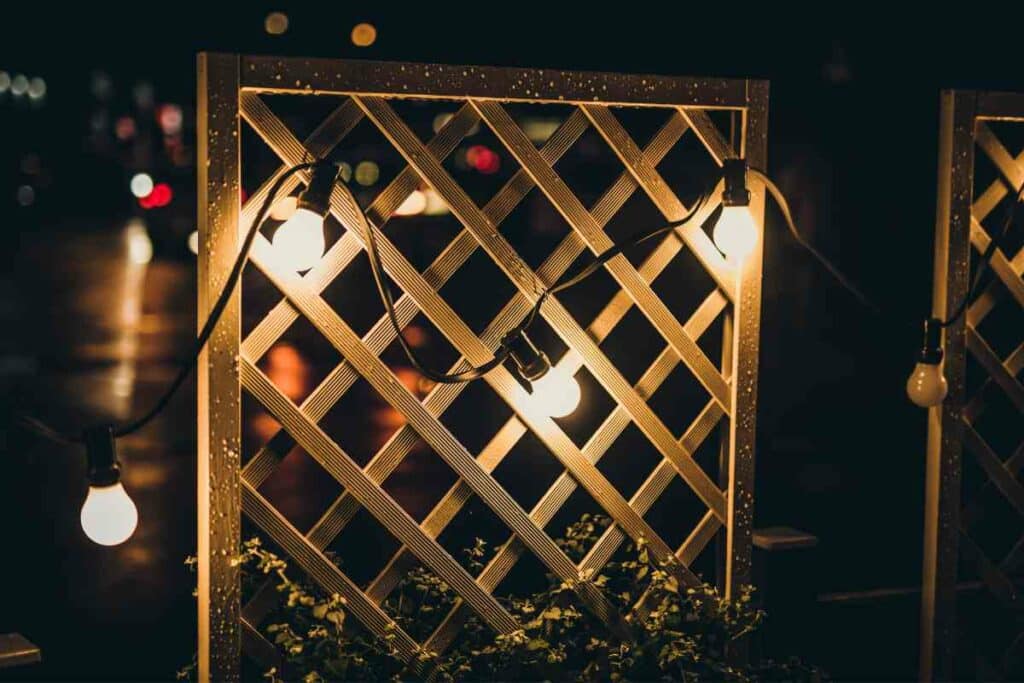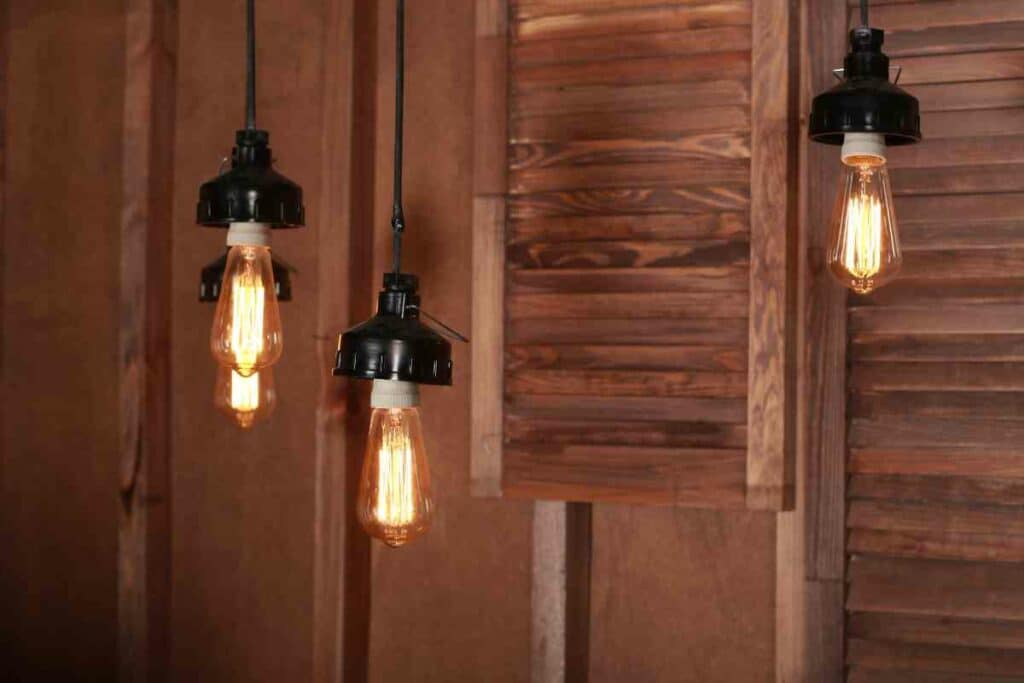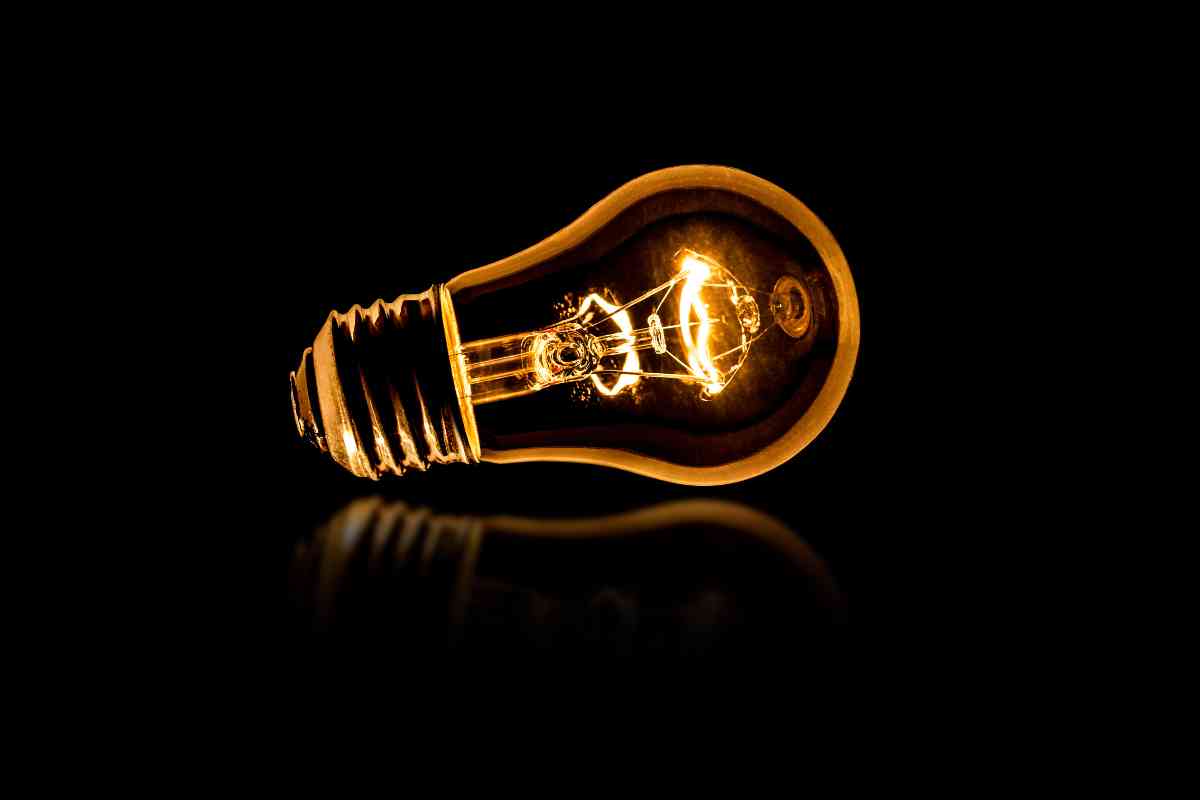The human eye has a remarkable ability to perceive color, being able to pick up over 5 million shades of color.
However, our perception of color is significantly influenced by the characteristics of the light source itself. For instance, daylight is dynamic. It undergoes variations depending on factors such as the time of day, weather conditions, time of year, and geographical location.
During sunset, the abundance of red and yellow wavelengths surpasses that of noon, casting a warm glow.
Conversely, northern daylight leans towards blue and green wavelengths, lending it a cooler appearance compared to its southern counterpart.
Without the presence of light, colors remain invisible. Once a light source is introduced, colors manifest themselves in our vision.
However, if the light source lacks a balanced spectrum of colors, it distorts the true hue of the illuminated object. Recognizing this, designers carefully choose lamps that enhance the surrounding colors in their environments.
To aid in this process, lamp manufacturers furnish valuable information concerning the color properties of their products.
This includes data on;
- Color temperature (chromaticity)
- Color rendering index (CRI)
Color Temperature
Chromaticity, also known as color temperature, plays a crucial role in establishing the ambiance of a space.
Color temperature is a measure of the degree of red or blue present in a light source and is measured in Kelvins (K).
On the Kelvin scale, lower values indicate warmer colors, while higher values represent cooler or bluer tones.

For example, the warm light emitted by a candle has a color temperature of approximately 2000K, whereas cool daylight measures around 5000K.
A neutral color falls around 3500K, while lamps designed to provide a warm or cool appearance typically have ratings of 3000K and 4100K, respectively.
In outdoor lighting, the most common color temperature ratings for light sources are 3000K, 3500K, and 4100K. Light sources with lower color temperatures (3500K or less) emit a warm or red-yellow/orangish-white light.
These lights contain a higher concentration of red and orange wavelengths, enhancing the colors of warmer objects such as red and orange.
Mid-range color temperatures (3500K to 4100K) produce a neutral or white light, offering a more balanced distribution of color wavelengths.
Light sources with higher color temperatures (4100K or higher) create a cool or bluish-white appearance.
The color of objects in a landscape is influenced by the color of the light that falls upon them. If an object is not within the spectrum of the light source, its appearance will be altered. Conversely, the color of an object can be enhanced by the color of the light illuminating it. For example, halogen capsules and certain LED light sources enhance the appearance of flowers and trees, accentuating their colors.
Color can significantly impact how people perceive space. Blue light filtering through trees, reminiscent of moonlight, can simulate a moonlit night.

Some plants have a bluish pigment that can be accentuated by using mercury vapor lamps with a cooler (bluer) Kelvin temperature.
However, excessive levels of blue light can make plants appear unnatural.
Furthermore, the human eye is most sensitive to light within specific bands of light wavelengths, namely narrow bands in the blue-violet, pure green, and orange-red areas of the electromagnetic spectrum.
Lamps referred to as “prime color” are designed to emit strong output in each of these three regions.
Lamp types’ color temperatures
Different light sources are associated with specific colors:
- High-pressure sodium lamps (2100K) emit a warm yellow light and are commonly used for motorway lighting.
- Incandescent lamps (2700K) produce a warm white light, commonly found in ordinary domestic lamps.
- Quartz halogen lamps (3100-5000K) offer a range of white light options.
- Metal halide lamps (4000-6000K) emit green and blue light and are often used for urban street lighting.
- Mercury vapor lamps (4200-5900K) also produce green and blue light and are frequently used for urban street lighting.
In the lighting market, the majority of electric light sources provide white light, with slight variations towards warmer or cooler tones.

Specialized lamps are available that emit more saturated colors, allowing for specific color emissions.
Fluorescent and incandescent lamps can be found in red, blue, green, and yellow tones, while metal halide lamps offer options in blue, green, yellow, and pink.
When it comes to choosing color temperatures for outdoor lighting, personal preferences come into play.
Generally, outdoor living spaces require less lighting compared to indoor areas, allowing for subtler ambient lighting without compromising functionality.
In low-light conditions, warmer light with lower color temperatures is often preferred, as it provides a comforting atmosphere and reduces eye strain.
Color temperatures of 2700K and 3000K are commonly recommended for creating a warm, inviting outdoor environment reminiscent of a campfire. Alternatively, 3000K offers a slightly cooler option suitable for contemporary outdoor settings.
There are some exceptions, however. Lighting designers may use higher Kelvin temperatures on specific plant materials or architectural elements to create contrast and depth.

For example, employing a 5000K lamp on a blue spruce tree can enhance the colors of its dark blues and silvers, while using a green/silver filter on cacti can bring out their true colors.
Color Rendering Index (CRI)
Creating a magnificent lighting design requires careful consideration of both color temperature and color rendering ratings of lamps.
The color rendering index (CRI) measures how accurately a light source represents the true colors of the illuminated subject. CRI figures range from 0 to 100.
A higher CRI number indicates a lamp’s superior color rendition ability.
This value is determined by comparing the appearance of eight colors under different lamps to a standard test lamp.

Incandescent luminaires exhibit a CRI of 95 to 100, offering nearly perfect color rendition.
Fluorescent lamps typically range from 52 to 95 on the CRI scale, depending on the specific lamp. Advances in phosphor technology have significantly enhanced the color rendering capabilities of fluorescent and HID lamps.
When color accuracy is crucial, it is advisable to select a lamp with a CRI in the 80s or higher.
In settings where color appearance is of utmost importance, a CRI in the 90s should be specified. It’s worth noting that light fixtures with higher CRI ratings tend to be more expensive due to the use of additional rare earth phosphors.
Although two lamps may share similar color temperatures, their color rendering ratings can differ. However, these two metrics are interconnected.
To make a meaningful comparison of CRI ratings between two lamps, they must have the same color temperature.
To Sum Up
To truly grasp the color of a specific light source, it is essential to witness its demonstration on the plant material or structures within a landscape.
It is worth noting that the world of light sources is in a constant state of change and innovation, with new sources emerging and existing ones continually improving.
The best way to comprehend the effects of color temperatures is to observe how lighting functions and feels within your space. So go ahead, experiment, and explore the captivating realm of lighting.
